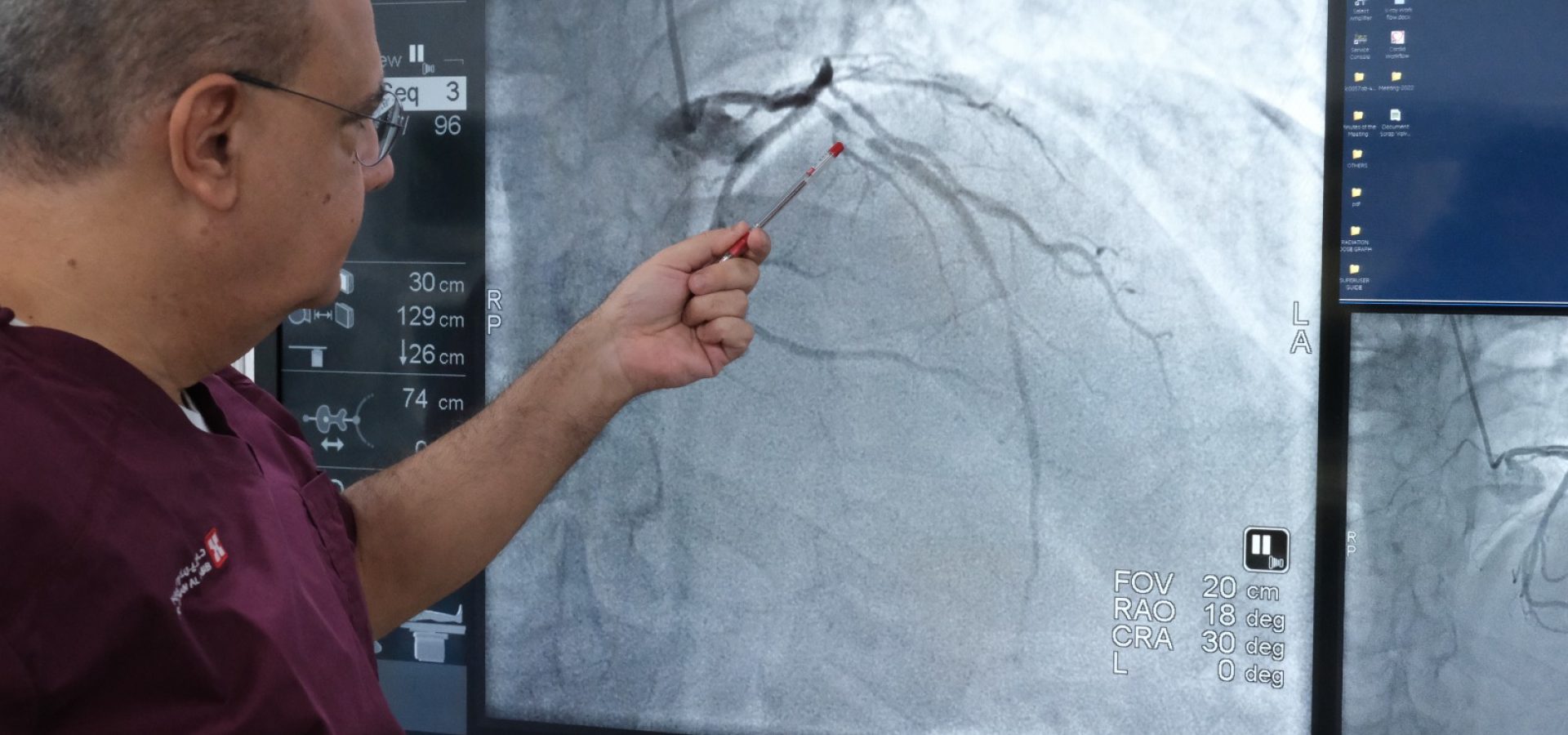
Overview
Peripheral artery disease (PAD) is a condition where the arteries that supply blood to the extremities, particularly the legs, become narrowed or blocked. This is commonly caused by atherosclerosis, an accumulation of plaque in the arteries, similar to what occurs in coronary arteries. PAD can restrict blood flow to the affected areas, leading to progressive symptoms and potentially severe complications. In extreme cases, PAD can lead to critical limb ischemia, where blood flow to a leg is completely stopped.
Risks
The symptoms of PAD can vary depending on the severity of the condition, but the most common symptom is:
- Numbness or tingling in the legs or feet
- Weakness in the legs
- Coldness in the legs or feet
- Non-healing sores or ulcers
- Gangrene (tissue death) in severe cases
If any of these symptoms occur, it is essential to consult a healthcare provider for evaluation and diagnosis.
Symptoms
The treatment for PAD depends on its severity, and in some cases, lifestyle changes can effectively manage symptoms and prevent further complications. However, more severe cases may require medical interventions. Common treatment options include:
Lifestyle Modifications:
- Healthy Diet: A balanced diet can help reduce cholesterol levels and improve circulation.
- Regular Exercise: Engaging in activities like walking, swimming, or cycling can enhance blood flow to the legs and feet. It is recommended to start slowly and increase the intensity over time.
- Smoking Cessation: Smoking is a major risk factor for PAD and exacerbates the condition. Quitting smoking is one of the most important steps to prevent the progression of PAD.
- Weight Management: Maintaining a healthy weight helps reduce the strain on the arteries and improves circulation.
Medications:
- Antiplatelet Drugs: Medications like aspirin and clopidogrel help prevent blood clots from forming.
- Statins: These drugs lower cholesterol levels, which may help slow the progression of PAD.
- Blood Thinners: In some cases, stronger blood thinners like warfarin, dabigatran, rivaroxaban, and apixaban may be prescribed.
Surgical Procedures (For Severe Cases):
- Angioplasty: A balloon is inserted into the narrowed artery and inflated to widen it. A stent may also be placed to keep the artery open.
- Peripheral Bypass Surgery: This procedure creates a new route for blood to flow around a blocked artery, often using a graft from another part of the body.
In rare and severe instances, amputation may be necessary to prevent the spread of gangrene, but this is typically only considered after years of inadequate treatment.
With appropriate management and treatment, many individuals with PAD can improve their quality of life and reduce their risk of complications. It is crucial to seek medical advice early to prevent the progression of the disease and explore suitable treatment options.
